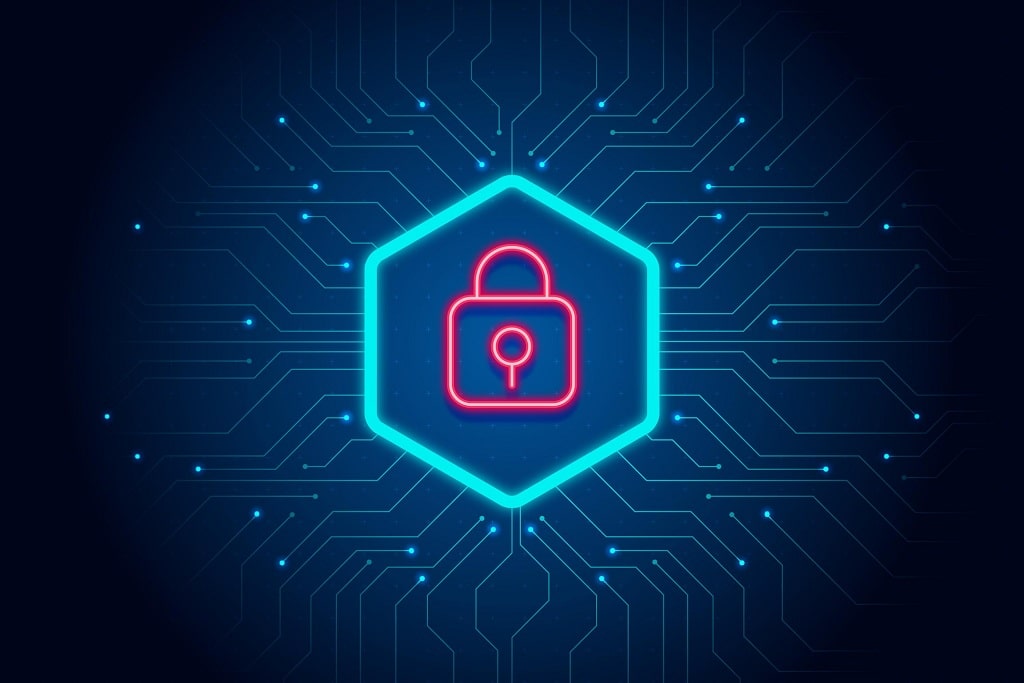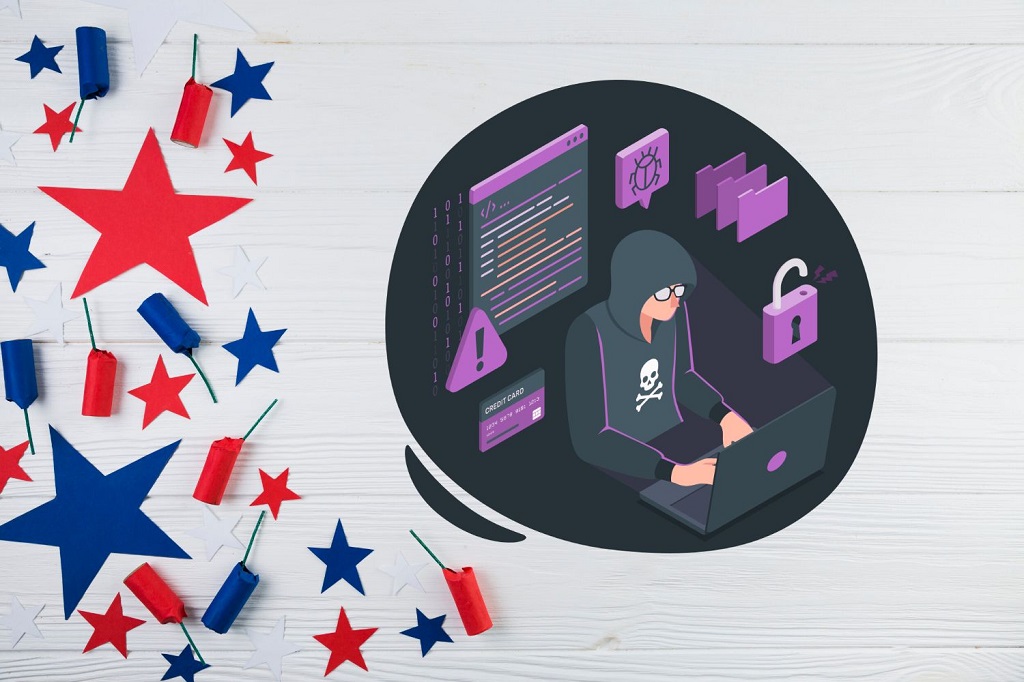Modern businesses have switched over to cloud computing tools for efficient data management, such as Amazon Web Services (AWS), Microsoft Azure, IBM Cloud, and Google Cloud Platform (GCP).
They also use tools to manage infrastructures, like Ansible, Terraform, and Chef, as well as cost management tools like CloudHealth by VMware and Apptio Cloudability. Thus, are you sure if your data is secured in the cloud? Here is where cloud security comes into play.
In the year 2024, the field of cloud security has become decisive, and deploying effective measures has become critical to protecting sensitive information. The importance of guiding for a safe environment, especially within AWS, has never been more important, particularly in protecting your assets and data that may be located in the cloud.
This article discusses the importance of cloud security, cloud networking structure, and best practices every manager should know for securing their AWS environments.
In the meantime, what are the common cloud security risks or threats that challenge business? They can be
- Data breaches
- DDoS attacks
- Misconfigured Cloud Storage
- Shared Technology Weakness
- Malware Infections
- Hijacking
- Insider Threats
- Insufficient access management
- Human error
Hence, it is the responsibility of CEOs or the board to protect their confidential data for safety and to build trust among their customers.
The use of cloud security best practices can make sure that any firm can achieve optimal security and reduce the risk of any data breach or attack on any of the protected data. But what exactly is cloud security?
What is cloud security?
Cloud security is the set of security measures that dictate how data processed, stored, and/or relayed on cloud infrastructure can be protected from hostile entities. It means that when data is stored in the cloud, it resides on the remote servers of a CSP rather than on the actual device.

Also Read: 7 Common Mistakes to Avoid When Hiring Cyber Security Consulting Services
The CSP offering the cloud service is charged with the responsibility of identifying the security threats that are likely to affect their cloud services and coming up with ways of handling them. But it isn’t a one-sided effort, and this is something that both partners have to do.
This means that, whether a business or a single user is using a cloud-based service, it is the user’s responsibility, not the provider’s, to make sure they adopt remediation practices that will ensure their data is safe in the event of leakage or theft.
In fact, it becomes crucial to know why cloud security is important.
Cloud security has a significant bearing on the way the actual cloud data we would prefer not to download and use constantly should be handled. Almost every user has important data, from carefully hidden documents created in remote work environments to stakeholders and invoices.
It is also equally necessary from a business point of view, as mishaps such as data breaches can lead to stringent actions like legal suits and the tarnishing of the business’ image. Whereas many more organizations are thus choosing to store their data and applications in the cloud, cloud security will therefore remain an important issue.
Related: Cybersecurity Solutions for Executive Protection
Why is cloud security crucial for commercial operations?
Cloud security can facilitate improved business outcomes by being:
- Quick: Make use of the native accelerators from cloud service providers to implement security features and controls in a matter of hours or minutes, as opposed to months.
- Safety: It protects personal and sensitive data stored in the cloud.
- Frictionless: Integrate security with teams that operate, business processes, and current solutions.
- On Current Data Regulations: Ensures businesses are compliant with data regulations.
- Scalable: Use automation and self-healing procedures to cut down on human labour and disrupt the headcount-based resourcing paradigm, which allows businesses to grow.
- Resources Protected: Ensures resources are accessible and safeguarded against any disruptions.
- Proactive: Set up preventive measures to stop malicious or unintentional security issues before they start.
- Cost-effective: Include security right away to prevent extra expenses from arising from having to redo work.
- Build trust. This helps businesses maintain trust with their customers.
With the complexity of cloud security measures still rapidly changing around the world, it is crucial that enterprises establish preventative security measures to protect their online infrastructures.
Working with outside cloud security professionals or consulting the latest guidelines and recommendations from related industries can help business entities implement methods to help protect against current and future threats and risks to valuable information, including maintaining its confidentiality, integrity, and accessibility.
Related: Understanding Cybersecurity Consulting: From Compliance to Incident Response
Best practices for cloud security
The six main pillars of a security reference architecture outline the prerequisites that businesses must meet in order to move workloads to the cloud securely.
What you ought to do is:
- In order to provide a safe landing area on the cloud solution provider platform, design and implement foundation security rules.
- Create safe PaaS templates that are reusable for cloud solution providers and have integrated security controls.
- Integrate the platform and services to integrate operational processes and procedures with the client’s current corporate security solutions.
How to go about doing it:
- Clearly define the roles that people in the environment are permitted to play and the things they are permitted to undertake.
- Ensure safe access to on-site data centers by implementing a “hub and spoke” network security architecture.
- Implement cloud services and secure landing zone configuration policies.
- platform security controls from the supplier.
- Zero trust approach: Design-based cloud security
Related: All You Need to Know About The Importance of Maintaining Cybersecurities
Step-By-Step For Protection of AWS Environments
The protection of AWS environments is highly essential in order to prevent leakage of important information and defend process stability. Here are some best practices to enhance AWS cloud security:
Plan Ahead:
- AWS is best used when security, or lack thereof, has been considered. There is nothing more frustrating than getting to the final stages of an implementation only to discover that security issues have not been considered.
- Some of the things that could qualify for consideration include data classification, access, and encryption.
Embrace the cloud.
- understand the specifics of cloud security and what it means. Take advantage of numerous existing services and features of AWS to support security at the highest level.
- Continuously refer to Amazon Web Services security information and related changes.
Define a security baseline:
- Define a minimum level of protection that is to be applied to your organization’s AWS cloud services. This includes SNMP, syslog, firewall, or VPN settings.
- Have control of authorization mode by using AWS Identity and Access Management (IAM).
Enforce your baseline.
- Assess compliance regularly and maintain constant vigilance to ensure that organizational security parameters are still as they should be.
- Often, it is useful to do deep checks of the configurations and bring them back to your preference settings.
- There should be some automated instruments that check the deviations on a regular basis and automatically alarm when something is wrong.
Limit Access:
- Ensure that each user profile contains fewer privileges than the one above them in order of seniority. This one has to do with restricting user and service accounts only to the extent that they are needed for executing a particular command or process.
- Centrally control permissions through the proper utilization of IAM roles, policies, and groups.
Watch for vulnerabilities:
- Subsequently, it is important to periodically search for risks that are present in your AWS ecosystem. Lease tools: AWS Inspector or other tools available in the market, depending on preferences.
- Ensure that one undergoes patches and updates as often as possible so as to rectify security holes.
Collect and protect logs.
- Hook-up logging is to be done at the service level using tools such as Amazon CloudWatch Logs and AWS CloudTrail.
- Log files have to be regularly checked for any signs of malicious activity or breaches of security thresholds.
- Note that AWS security is delivered through a service model where security is also the responsibility of the customer. More updates and new emerging threats need to be considered while guaranteeing security from the ground floor of the cloud migration process up to its productive phase!
Conclusion:
Therefore, the year 2024 shows that security remains central to discouraging potential perpetrators from endangering organizational assets.
This is where, by adopting modern industry best practices and already tested approaches to cloud security, companies will be capable of upgrading the security level and preventing certain vulnerabilities from threatening their data.
Implementing a strong cloud security strategy, which should fit the specific AWS ecosystem, is essential to enhancing security measures and strengthening the protection of data in the current interconnected digital environment.
For more data engineering updates, follow us on Facebook, Twitter, and LinkedIn.




